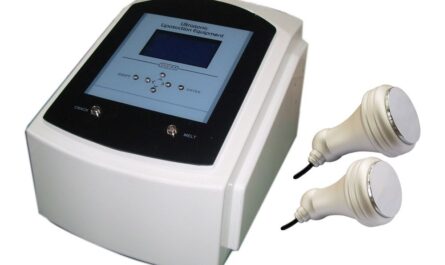How Do Laparoscopic Power Morcellators Work?
Laparoscopic power morcellators are surgical devices used during certain minimally-invasive surgeries to cut up and extract tissue through small incisions. Using thin, blade-like ends that rotate at high speeds, morcellators break down fibroids, cysts, tumors and other masses into smaller pieces that can be removed through laparoscopic ports without requiring a larger incision. This helps reduce surgical risks, recovery times and scarring associated with open abdominal procedures.
Morcellators work by placing the mass of tissue inside a protective bag or sac that is inserted into the abdomen through a cannula, a long hollow tube. The morcellator is then introduced through another cannula and uses its rotating blades to cut and shred the tissue inside the containment bag. Suction removes the shredded pieces through the cannula and out of the body. This minimizes the risk of pieces of tissue spreading throughout the abdominal cavity.
Common Uses of Morcellators
Some common procedures that use morcellators include:
– Uterine fibroid removal (myomectomy): Morcellators allow fibroids to be removed laparoscopically rather than through open abdominal surgery. This reduces risks associated with larger incisions.
– Hysterectomy: For both total and supracervical hysterectomiesLaparoscopic Power Morcellators help remove the uterus through smaller laparoscopic incisions instead of a larger abdominal incision.
– Ovarian cyst removal: Large ovarian cysts or masses can be morcellated and extracted laparoscopically rather than requiring a larger incision.
– Kidney tumor removal (nephrectomy): Smaller renal tumors and masses less than 4 centimeters can often be morcellated out.
– Adrenal gland tumor excision: If the adrenal tumor is less than 6 centimeters, a morcellator may allow for a laparoscopic procedure.
Potential Risks of Morcellation
While morcellators provide benefits over open surgeries, there are some risks to consider:
Spread of Undiagnosed Cancer Cells: One major concern is that morcellating an undiagnosed leiomyosarcoma or other type of uterine or other cancers may inadvertently spread malignant cells throughout the abdominal cavity if the containment bag is breached. This makes future treatment much more complex and reduces survival rates. Pre-operative imaging and biopsy is important to try and identify potential cancers beforehand.
Visceral and Vascular Injury: The high-speed rotating blades carry a risk of inadvertent injury to intestines, blood vessels and other internal organs if they come into contact with the Laparoscopic Power Morcellator. This can result in internal bleeding or injury requiring additional surgeries.
Aerodisotaxis Myiasis: Very rarely, when tissue is morcellated, some pieces may evade the containment bag and enter the laparoscopic ports, potentially causing an infection in the track wounds called aerodisotaxis myiasis. Oral antibiotics are usually effective treatment.
Using Morcellators Safely
To minimize risks, surgeons should carefully consider each patient’s risk factors and medical history before deciding if morcellation is appropriate. Some recommendations include:
– Use containment bags or morcellation bags to prevent tissue spread and help contain tissue pieces.
– Morcellate only when reasonably certain no underlying cancer is present based on prior testing, imaging and biopsy if needed.
– Use blunt tip or shielded morcellators that offer additional protection against visceral or vascular injuries.
– Ensure morcellation is performed carefully under direct visualization without excess force or trauma.
– Only surgeons highly experienced in advanced laparoscopic techniques should perform morcellation procedures.
– Discuss all potential risks and benefits openly with patients and obtain proper informed consent addressing cancer spread risks.
– Consider retrieving very large masses intact through a larger incision if morcellation is deemed too high risk.
When used properly with appropriate patient screening, morcellators continue to offer benefits over open surgery. However, patient safety should be the top priority, and non-morcellation options considered depending on individual circumstances and cancer risks. An informed discussion with one’s gynecologic oncologist can help decide the best surgical approach.




